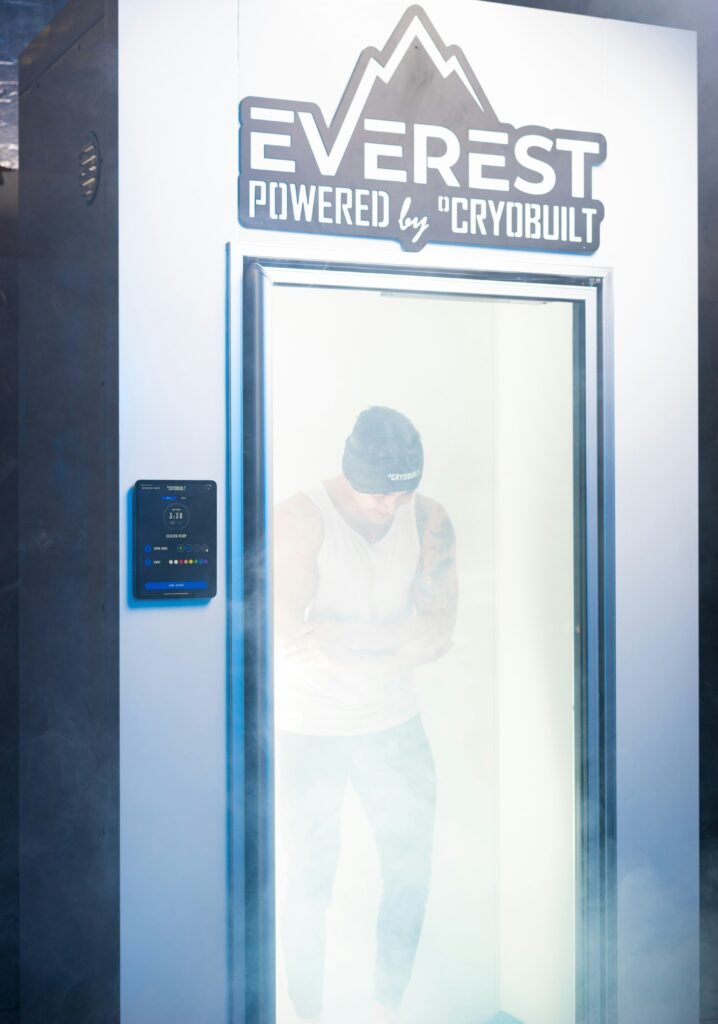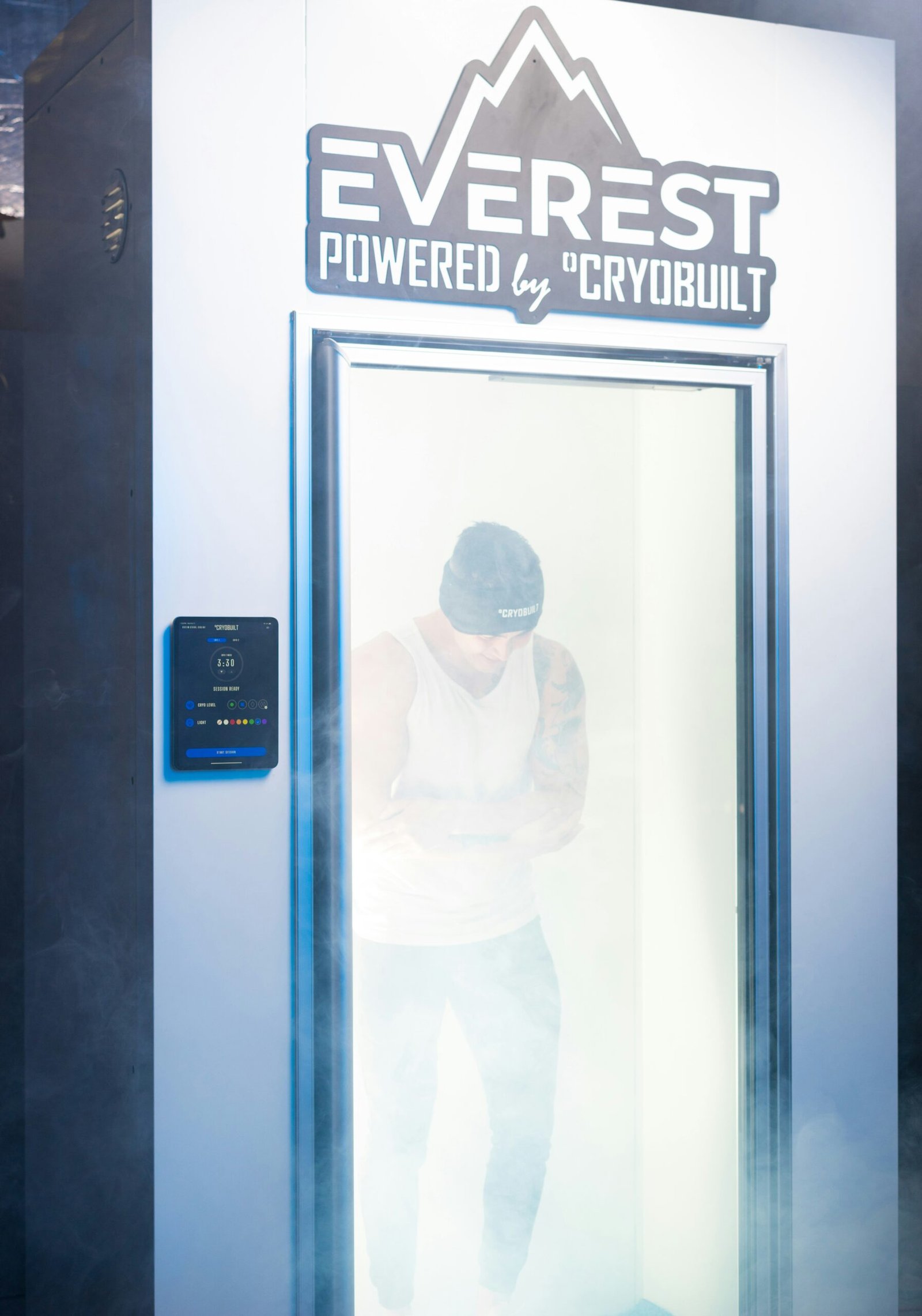Have you ever wondered how something as simple as a cold plunge could affect your body’s glucose metabolism and insulin sensitivity? It’s intriguing to think about how temperature can influence such fundamental aspects of our health. Cold plunging, the practice of submerging your body in cold water, has been gaining popularity in wellness circles. But what does the science say about its effects on glucose metabolism and insulin? Let’s unpack this topic together.

Understanding Glucose Metabolism
To appreciate the impact of cold plunging, it’s essential to understand glucose metabolism. In simple terms, glucose metabolism is the process your body uses to convert the carbohydrates you consume into energy. This process primarily involves the hormone insulin, which helps cells absorb glucose from the bloodstream.
Your body is like a well-oiled machine, where the intake of food leads to the release of glucose into your bloodstream. When everything is functioning correctly, insulin is released from the pancreas to help manage this glucose. When you struggle with glucose metabolism, problems like insulin resistance or high blood sugar levels can arise.
The Role of Insulin
Insulin does more than just facilitate glucose uptake; it’s a key player in your body’s energy management. Essentially, insulin tells your cells to either absorb glucose for immediate energy or store it for later use. When your insulin sensitivity is high, your body can effectively utilize glucose, keeping your blood sugar levels stable.
But with unhealthy lifestyle choices—think poor diet, lack of exercise, and chronic stress—you might find yourself in a situation where your cells become “deaf” to insulin. This condition, known as insulin resistance, can lead to various health issues, including type 2 diabetes.
Cold Plunging: What Is It?
Now, let’s talk about cold plunging. You may have seen it trending on social media or heard friends bragging about the invigorating rush they feel after a dip in icy waters. Cold plunging typically involves immersing your body in cold water, ranging from around 50 to 60 degrees Fahrenheit.
The intention behind cold plunging is not only to awaken your senses but also to stimulate various physiological responses in your body. You may experience a jolt of energy, heightened alertness, and even some mental clarity.
Historical Background
Interestingly, cold exposure isn’t a new trend. Ancient cultures have been incorporating cold water therapies for centuries. From the ancient Greeks and Romans to indigenous cultures across the globe, cold exposure has long been linked to health and wellness.
The Science Behind Cold Exposure and Metabolism
So, how exactly does cold plunging impact your metabolism, specifically glucose metabolism and insulin sensitivity? Research in this area suggests some fascinating connections, but there are still plenty of questions to consider.
Cold Exposure and Thermogenesis
When you expose your body to cold temperatures, it reacts by generating heat to maintain your core temperature. This process, called thermogenesis, can lead to an increase in calorie expenditure. As your body works to warm up, it burns more energy, which can indirectly affect your metabolism.
Table: Cold Exposure and Thermogenic Response
| Response | Description |
|---|---|
| Vasoconstriction | Blood vessels constrict to preserve heat |
| Increased heart rate | Body pumps blood faster to produce heat |
| Activation of brown fat | Brown adipose tissue burns calories for heat |
| Increased energy expenditure | More calories burned in response to cold |
Brown Fat Activation
One of the most exciting aspects of cold exposure is its potential to activate brown adipose tissue (BAT). Unlike white fat, which stores energy, brown fat actually helps burn calories. Increased levels of brown fat are associated with improved glucose metabolism and insulin sensitivity.
The activation of brown fat may lead to enhanced glucose uptake by tissues, improving overall glucose levels in the blood.
Cold Plunging and Insulin Sensitivity
There’s a growing body of research that suggests cold exposure may play a role in improving insulin sensitivity. When you take a cold plunge, you’re not just cooling down; you’re also creating a biochemical tumult in your body that can lead to meaningful changes in insulin response.
What Research Says
A study published in the journal Cell Metabolism found that cold exposure led to increased insulin sensitivity among participants. The findings suggest that brown fat can help to regulate glucose metabolism, effectively enhancing insulin sensitivity when activated.
Here’s a simple breakdown of how cold exposure could aid insulin sensitivity:
- Increased brown fat activity: The activation of BAT can lead to better glucose uptake.
- Enhanced glucose regulation: Improved insulin sensitivity helps manage blood sugar levels more effectively.
- Potential weight loss: As your body works harder to stay warm, you may burn more calories and fat, contributing to a healthier weight, which supports insulin sensitivity.
Potential Mechanisms
While the exact mechanisms aren’t fully understood, several potential pathways have been proposed regarding how cold exposure enhances insulin sensitivity:
- Improved circulation: Cold exposure may improve vascular health and circulation, contributing to better nutrient and glucose delivery to cells.
- Hormonal changes: Cold exposure could influence hormones involved in metabolism, enhancing insulin’s effectiveness.

The Benefits of Cold Plunging for Metabolic Health
With all this talk about brown fat and insulin sensitivity, you might be curious about the specific benefits of cold plunging on your metabolic health. Here are some key points to keep in mind:
Improved Blood Sugar Control
As cold plunging may enhance insulin sensitivity, it could result in better blood sugar management for you. Regular cold exposure can be a useful tool for those who want to regulate their glucose levels effectively.
Enhanced Mental Clarity
Cold plunging isn’t just physical. It often leads to mental clarity, which can have a downstream effect on your lifestyle choices. Improved mental acuity means you’re more likely to make better decisions regarding diet and exercise—factors that are critical for good metabolic health.
Increased Energy Levels
Don’t be surprised if you feel a surge of energy after your cold plunge. As your body ramps up thermogenesis, you may experience heightened alertness and a feeling of invigoration, which can motivate you to be more active.
Better Recovery from Exercise
Athletes often incorporate cold exposure as a recovery technique. Lowering your body temperature can help reduce inflammation and soreness after strenuous workouts, allowing you to recover more effectively and keeping your metabolism functioning at its best.
How to Get Started with Cold Plunging
If you’re convinced that cold plunging could be beneficial for you, you might be wondering how to get started safely and effectively. Let’s go over a few tips to make your plunge both safe and enjoyable.
Start Gradually
If you’re new to cold exposure, don’t go all in right away. Start with shorter exposures, such as 30 seconds to a minute, and gradually increase the time as your body adapts. You want to ensure that the experience remains refreshing, not torturous.
Use a Controlled Environment
Make sure to plunge in a controlled environment, whether it’s a cold plunge tub, a cool lake, or even an ice-filled bathtub at home. This creates a safe space for your exploration of cold exposure.
Monitor Your Body
Pay attention to how your body responds. If you start feeling overly uncomfortable or experience unusual symptoms, it’s time to get out and warm up. Listen to your body; it often knows best.
Practice Breathwork
Engaging in controlled breathing techniques can help ease the shock of cold exposure. Experiment with slow, deep breaths to maintain a sense of calm as you adapt to the cold.
Stay Hydrated and Nourished
Remember that your body will need proper hydration and nutrients to sustain any increased metabolic demands created by cold plunging. Keep yourself well-hydrated and nourished to support your efforts.

What to Expect After Cold Plunging
After your cold plunge, you may experience a range of sensations—some invigorating, some challenging. Here’s what to keep in mind as you process the experience:
Initial Shock and Discomfort
Your initial reaction may involve a moment of discomfort as your body adjusts. This is completely normal and part of the adaptive process.
Energizing Aftereffects
Once the shock wears off, many people report feeling a wave of energy and alertness. You might find that this renewed vigor enhances your focus for the rest of your day.
Mood Enhancement
Cold exposure can trigger the release of endorphins and other feel-good hormones, potentially boosting your mood. It can be a fantastic way to lift your spirits on a tough day.
Conclusion
The interplay between cold plunging, glucose metabolism, and insulin sensitivity is compelling and full of potential. While much remains to be understood, the early research and anecdotal evidence suggest that this practice could offer significant benefits to your metabolic health.
It’s important to approach cold plunging sensibly and with attention to your body’s signals. When done correctly, this invigorating practice might just provide the metabolic boost you’ve been seeking, all while embracing the chill of icy waters.
So, when you think about your health and wellness routine, consider adding cold plunges to your repertoire. It may seem intimidating at first, but the potential benefits are worth taking the plunge.


